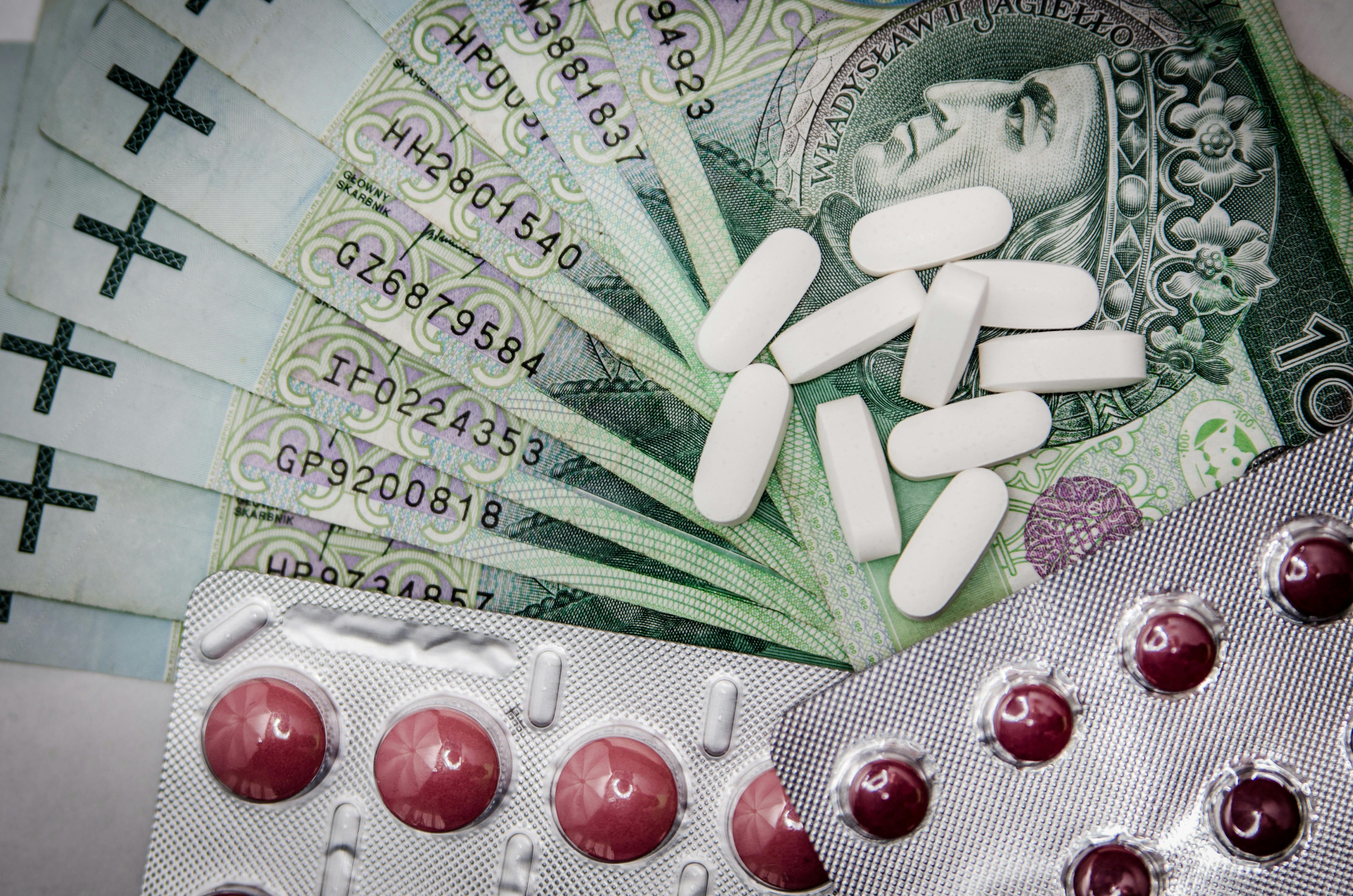Rescue Guide: Getting Back on Track After a Blood Sugar Rollercoaster
Your guide to stabilizing blood sugar, curbing cravings, and bringing your body back into balance.

A primary care membership for patients who want more. Primary Care. Nutrition. Wellness. All under one roof.
We’ve all been there—days when your eating feels off, routines fall apart, and you end up on the blood sugar rollercoaster. The good news? One day doesn’t derail your progress. What matters most is how you reset. Think of this as your “rescue guide” to stabilizing blood sugar, curbing cravings, and bringing your body back into balance.
1. Move Your Body After Meals
The simplest reset tool is movement. Taking a 10–20 minute walk within an hour of eating can significantly reduce post-meal blood sugar spikes. If a walk isn’t possible, try gentle yoga, stretching, or a few bodyweight squats. Even a couple flights of stairs can make a big difference.
2. Try a Bitters Reset
Support digestion and balance with natural aids:
- 1–2 tsp of apple cider vinegar diluted in water
- Lemon water
- Digestive bitters before your next meal
These help regulate blood sugar, stimulate digestion, and set the tone for getting back on track.
3. Strength Training Boost
Resistance exercise is one of the most effective ways to clear excess glucose from the bloodstream. Engage large muscle groups through:
- Weightlifting or pilates
- Resistance band work
- Push-ups or squats at home
Even a short strength session helps bring blood sugar back to baseline.
4. Balance Your Next Meal
How you build your plate after an “off day” matters. Structure meals to support steady energy:
- Start with protein + non-starchy vegetables
- Add healthy fats (avocado, olive oil, nuts)
- Save carbs for last to blunt glucose spikes
Aim for a plate that’s half vegetables, with a palm-sized protein and a thumb-sized healthy fat. And avoid grazing—structured meals will help reset hunger cues.
5. Hydrate & Replenish
Hydration plays a huge role in recovery. Drink plenty of water and consider electrolyte support (LMNT, Ultima, or even water with sea salt + lemon). Skip alcohol and “zero-calorie” sodas until your body feels balanced again—they can prolong cravings and rollercoaster dips.
6. Reset with Fiber
Fiber slows glucose absorption and supports digestion. Add:
- Chia seeds
- Flaxseed
- Psyllium husk
- Or simply extra veggies at your next meal
This small addition helps bring blood sugar back to steady levels.
7. Prioritize Sleep & Stress Management
Poor sleep and high stress amplify cravings and keep blood sugar unstable. Focus on:
- 7–9 hours of quality sleep
- Evening breathwork, meditation, or a short walk to calm cortisol levels
This creates a strong foundation for your reset.
8. Shift Your Mindset
The most important piece: don’t spiral. One off day isn’t failure—it’s part of being human. Consistency over time is what drives results. Instead of focusing on what you did yesterday, shift your attention to your next choice.
The Bottom Line
Your body is resilient. With movement, balanced meals, hydration, fiber, and rest, you can quickly bring blood sugar back into balance. Remember: health is built on long-term consistency, not perfection.

If you're curious to learn more about The Lanby, book a free consult call and we'll chat about how The Lanby can be your personalized long term health and wellness partner.

Kendall is a graduate of the University of Mississippi, with a B.A. in Integrated Marketing Communications and a minor in Business Administration. She received her certificate of Nutrition Science from the Friedman School of Nutrition at Tufts University.

Chloe holds a bioengineering degree from the University of Pennsylvania. As a breast cancer survivor, her insights shape The Lanby's patient-centric approach. Leveraging her healthcare strategy background, Chloe pioneers concierge medicine, bridging gaps in primary care.

Tandice was recognized with the Health Law Award and named a Ruth Bader Ginsburg Scholar at Columbia Law School. Tandice's editorial role is enriched by her insights into patient autonomy and gene modification legalities. Passionate about bioethics, she is committed to crafting patient-centric healthcare solutions.





